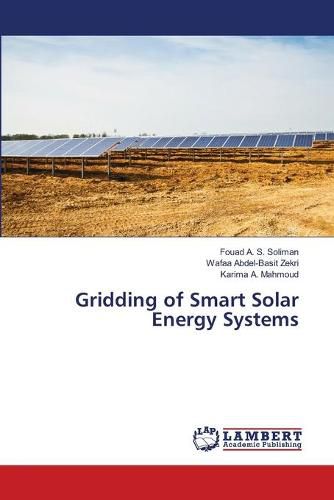Readings Newsletter
Become a Readings Member to make your shopping experience even easier.
Sign in or sign up for free!
You’re not far away from qualifying for FREE standard shipping within Australia
You’ve qualified for FREE standard shipping within Australia
The cart is loading…






This title is printed to order. This book may have been self-published. If so, we cannot guarantee the quality of the content. In the main most books will have gone through the editing process however some may not. We therefore suggest that you be aware of this before ordering this book. If in doubt check either the author or publisher’s details as we are unable to accept any returns unless they are faulty. Please contact us if you have any questions.
The smart grid makes use of technologies such as state estimation, improve fault detection and allow self-healing of the network without the intervention of technicians. This will ensure more reliable supply of electricity, and reduced vulnerability to natural disasters or attack. Although multiple routes are touted as a feature of the smart grid, the old grid also featured multiple routes. Initial power lines in the grid were built using a radial model, later connectivity was guaranteed via multiple routes, referred to as a network structure. However, this created a new problem: if the current flow or related effects across the network exceed the limits of any particular network element, it could fail, and the current would be shunted to other network elements, which eventually may fail also, causing a domino effect. A technique to prevent this is load shedding by rolling blackout or voltage reduction (brownout).
$9.00 standard shipping within Australia
FREE standard shipping within Australia for orders over $100.00
Express & International shipping calculated at checkout
This title is printed to order. This book may have been self-published. If so, we cannot guarantee the quality of the content. In the main most books will have gone through the editing process however some may not. We therefore suggest that you be aware of this before ordering this book. If in doubt check either the author or publisher’s details as we are unable to accept any returns unless they are faulty. Please contact us if you have any questions.
The smart grid makes use of technologies such as state estimation, improve fault detection and allow self-healing of the network without the intervention of technicians. This will ensure more reliable supply of electricity, and reduced vulnerability to natural disasters or attack. Although multiple routes are touted as a feature of the smart grid, the old grid also featured multiple routes. Initial power lines in the grid were built using a radial model, later connectivity was guaranteed via multiple routes, referred to as a network structure. However, this created a new problem: if the current flow or related effects across the network exceed the limits of any particular network element, it could fail, and the current would be shunted to other network elements, which eventually may fail also, causing a domino effect. A technique to prevent this is load shedding by rolling blackout or voltage reduction (brownout).